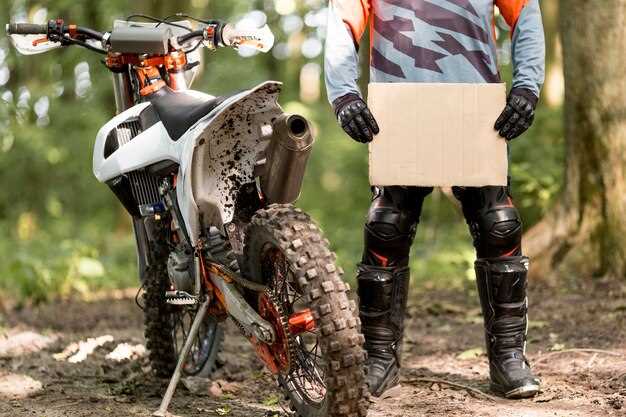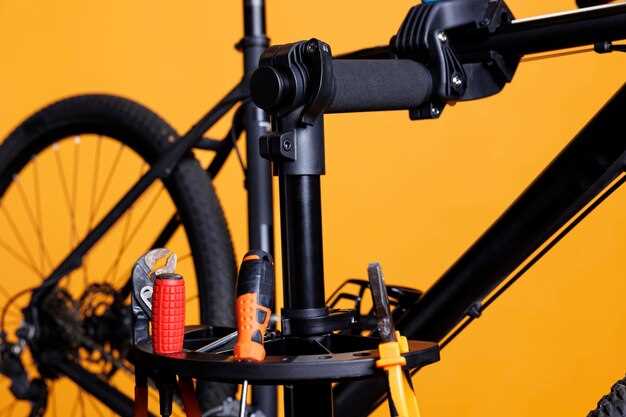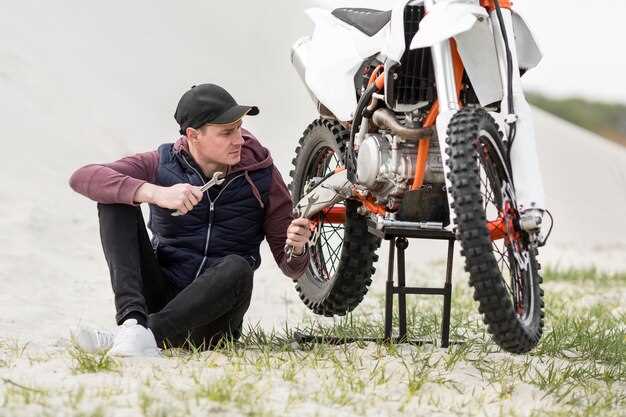
For adventure riders, the suspension system of a bike can make or break the experience, especially when traversing challenging terrains. Upgrading your bike’s suspension not only enhances comfort but also improves handling and overall performance. Whether you seek to tackle rocky trails, gravel roads, or long-distance tours, understanding the key components to upgrade is crucial for maximizing your ride’s potential.
Investing in quality suspension components can significantly affect how your bike responds to various terrains. Factors such as preload, damping, and overall travel can be adjusted to suit your riding style and the conditions you’ll encounter. This article will explore the fundamental upgrades, including fork upgrades, shock absorbers, and tuning options, that can transform your adventure bike into a versatile and capable machine.
Furthermore, proper maintenance and periodic tuning of your suspension system will not only prolong its lifespan but also ensure that your bike performs optimally. From fine-tuning settings to selecting the right components, making informed choices in these areas will result in a more enjoyable and rewarding adventure riding experience.
Understanding Different Types of Suspension Systems
Choosing the right suspension system for your adventure bike is crucial for optimizing performance and ensuring a comfortable ride. Here are the main types of suspension systems commonly found on adventure bikes:
-
Conventional Forks:
These are the most basic form of suspension, usually featuring a combination of springs and dampers. Conventional forks are straightforward, providing adequate performance for light off-road and urban use. However, they may lack the adjustability and performance needed for more challenging terrains.
-
Inverted Forks:
Inverted or upside-down forks offer enhanced rigidity and lower weight compared to conventional forks. They have the larger diameter tubes on the bottom, which helps reduce unsprung weight. This design provides better handling and stability on rough terrain.
-
Monoshock Systems:
Utilized on the rear end of many adventure bikes, monoshock systems feature a single shock absorber that connects to the swingarm. This design allows for better rear wheel control and improves overall stability, especially when riding over uneven surfaces.
-
Dual Shock Systems:
Some adventure bikes still employ dual shock setups, where two shocks are mounted to the rear. This system is often used for heavy-duty applications, as it provides better load distribution and can handle more significant impacts, making it suitable for larger bikes that carry extra weight.
-
Adjustable Suspension:
Many modern adventure bikes come equipped with adjustable suspension systems that allow riders to fine-tune the settings for preload, compression, and rebound damping. This feature is essential for optimizing performance based on load, terrain, and riding style.
-
Electronic Suspension:
High-end adventure bikes may offer electronic suspension systems that automatically adjust damping characteristics based on riding conditions. Sensors continuously monitor factors like speed and road surface, allowing for quick adaptation to changing environments.
Understanding these different suspension types will help you choose a system that best suits your riding style and the types of adventures you plan to undertake. Optimizing your adventure bike’s suspension can significantly enhance your overall riding experience.
Choosing the Right Shock Absorbers for Your Riding Style

When it comes to enhancing the performance of your adventure bike, selecting the appropriate shock absorbers is crucial for optimizing comfort, control, and handling. The right shock can significantly impact your riding experience, so understanding the different types and their suitability for your riding style is essential.
First, assess your riding style. If you frequently ride on rough terrains, such as off-road trails or rocky paths, investing in heavy-duty shocks with increased travel and durability is advisable. Options with adjustable damping settings can help tailor the ride to various conditions. This flexibility allows you to fine-tune the suspension based on the terrain and your personal preference.
For riders who prioritize touring and long-distance journeys on smooth roads, performance-oriented shocks with enhanced rebound and compression damping are recommended. These models typically offer better stability and lessen fatigue during long rides by effectively absorbing smaller bumps and jolts.
If you enjoy mixing both off-road and on-road experiences, consider versatile shock absorbers that provide a balance between comfort and responsiveness. Dual-purpose shocks often feature adjustable settings, allowing for quick adaptations based on the riding environment. Make sure to look for shocks that can handle the weight of provisions you might carry, as this can affect suspension performance.
Furthermore, consider the preload adjustment feature if you frequently ride with a passenger or added luggage. This ability to modify the sag can enhance stability and ensure compliant handling regardless of the loading conditions.
Finally, consult with fellow riders or specialists to gather insights on brand reputation and product performance. Investing time to research models that align with your riding style will yield dividends in comfort and vehicle control, ensuring a more enjoyable adventure biking experience.
Tuning Your Suspension Settings for Optimal Performance

Proper suspension tuning is essential for maximizing the performance of your adventure bike. To achieve optimal handling and comfort, you need to adjust both the preload and damping settings on your suspension system. Start by adjusting the preload to ensure that your bike’s sag is set correctly. The recommended sag typically ranges between 25-30% of the total suspension travel when you are seated on the bike. Proper sag allows for better weight distribution and improves stability over rough terrain.
Next, focus on damping settings, which control how quickly your suspension compresses and rebounds. Adjust the compression damping to suit your riding style and the type of terrain you encounter. Softer compression settings provide better comfort over small bumps, while stiffer settings enhance control on larger obstacles. Likewise, adjust the rebound damping to prevent the bike from bouncing back too quickly after a compression. A slower rebound allows the bike to settle properly before hitting another bump, contributing to improved traction and control.
Test your adjustments in various riding conditions to find the perfect balance between comfort and performance. Take notes on how the bike reacts after each change and make incremental adjustments. Factors such as rider weight, load, and the type of ride will impact your ideal settings. Therefore, personalization is crucial for achieving the best setup for your adventure biking needs.
Additionally, consider performing regular maintenance on your suspension components. Keeping your forks and shock clean, and ensuring that they are free from dirt and debris, will contribute to consistent performance. If you’re unsure about the process or the right settings, consider consulting a professional suspension technician who can provide tailored advice based on your riding style and the specific demands of your bike.